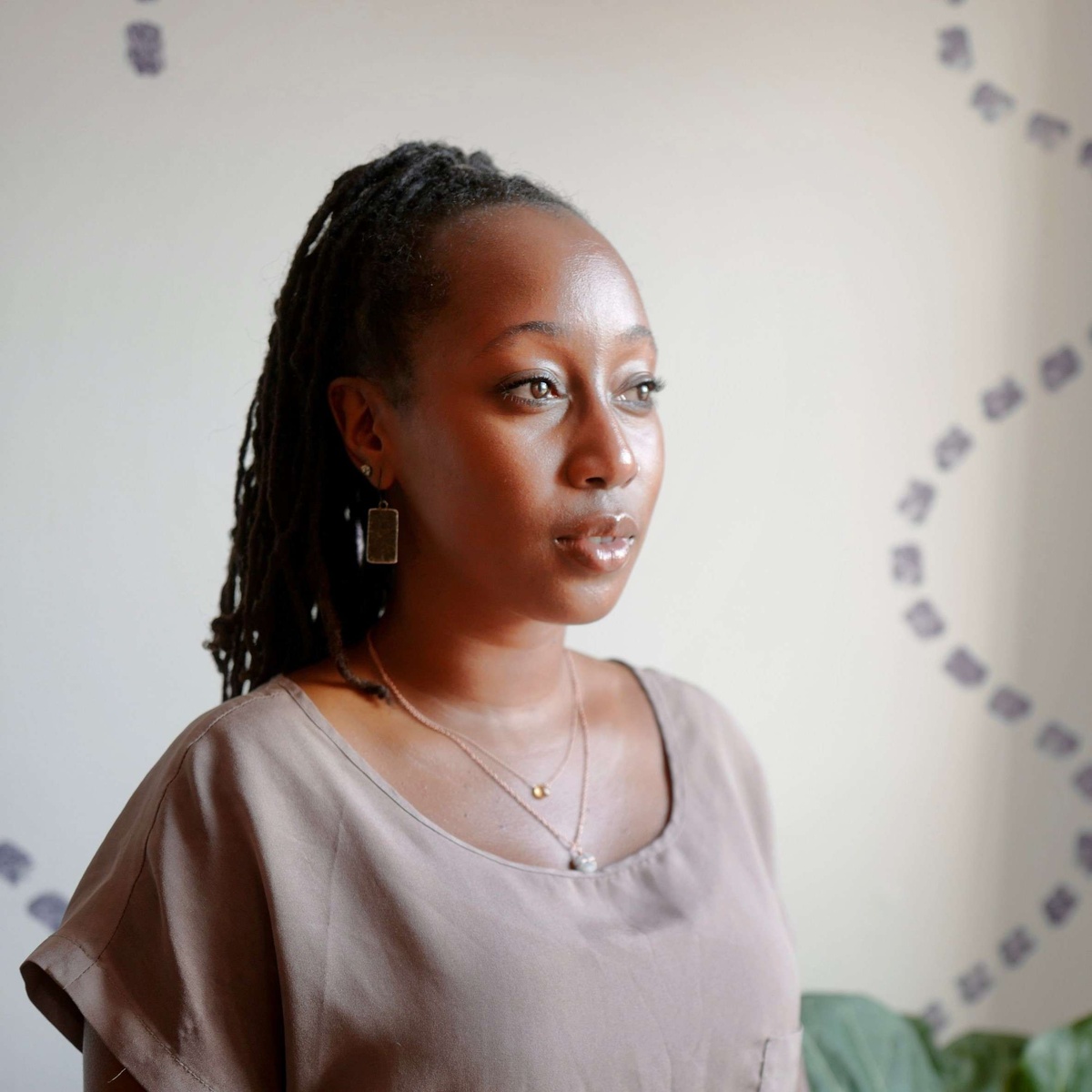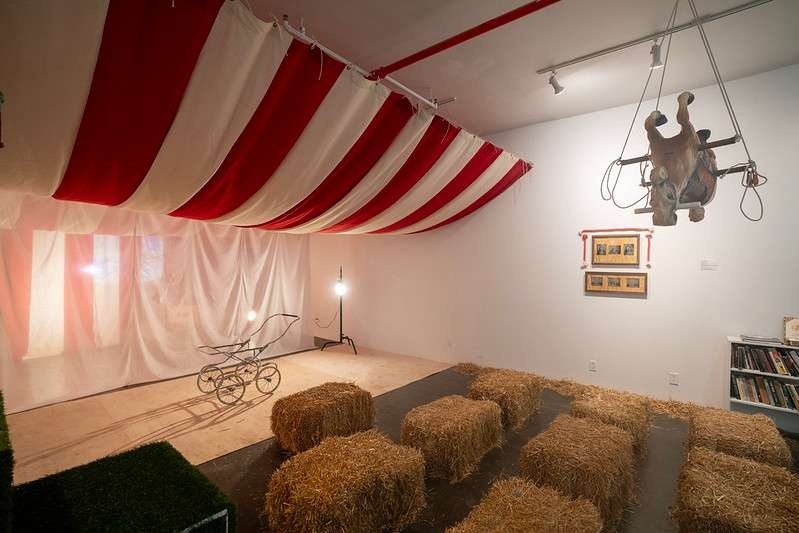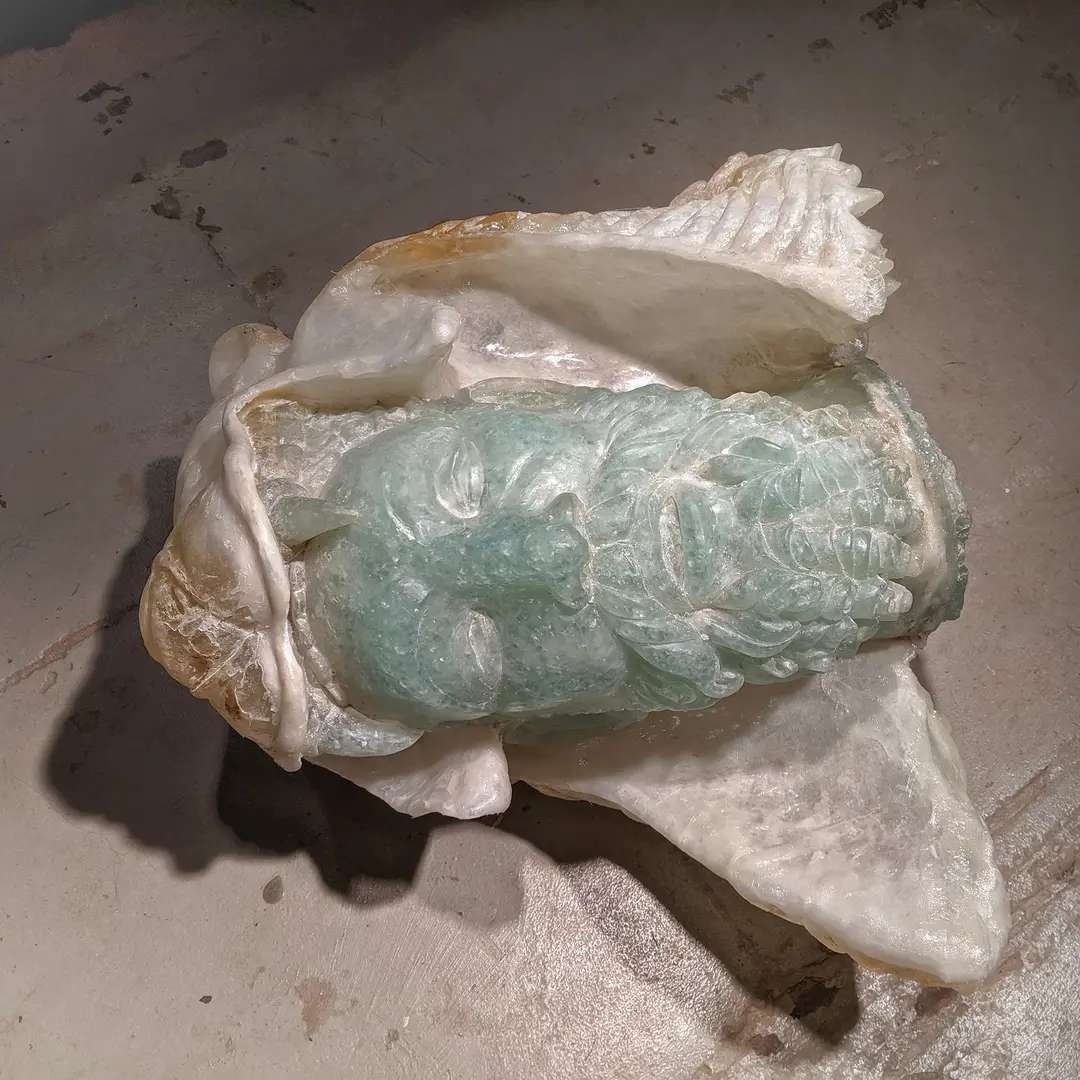Henrietta Lacks’ cancer cells are the source of modern medical research. A Black woman whose body was immortalized in 1951, when doctors took and experimented on her cancerous cells. Her cellular story is infinite and we can all thank her for the peace within our bodies. From rural Virginia to Johns Hopkins to being portrayed by Oprah, Mrs. Lacks never got a chance to give her consent—as is usually the case with the invasion, dissection, and destruction of Black bodies. The Tuskegee Study, officially the “Tuskegee Study of Untreated Syphilis in the Negro Male,” was by design. Black men injected unbeknownst to them with Syphilis to see how the untreated disease would act. Syphilis: now you know why the rates of this disease are five times higher among Black people.
The tearing of Black flesh, the breaking of Black skin, careens through the history of the United States. Yet and still, with the constant and blatant assault to our bodies, we are invisibilized even as we are consumed. We have traveled across time and traversed violence to reclaim our bodies. For that reason, certain Black art is actually just the visual reclamation of our bodies.
CoCo Fusco wrote in an essay from The Bodies That Were Not Ours: “It is historical memory that I live as both psychic and a bodily experience”. 1 This historical memory that she speaks of resonates with the discussion of Black bodies in art. Because our historical and contemporary realities are mired with living in these beautiful, resilient, precarious Black bodies, we are henceforth engaging in creative expression as a “communal ritual, [in which] performance art is almost invariably centered on the artist’s body”.2 Our bodies are marked, so our choices to mark them ourselves is and will always be art.
A Brief History of Body Beautification in a Precolonial World
Popular tattooing in the Euro-American contexts has most of its origins in copying South Pacific (Polynesian) societies. “Tattoo” is indeed a Polynesian word, much like “taboo,” which is a Tongan word deriving from tabu: set apart. European sailors who explored the South Pacific during the “Age of Exploration” adopted this practice leading in part to the stereotype of young, spry White male sailors with anchors tattooed on their shoulders.
While many people from the African Diaspora have and continue to cross seas willingly and unwillingly on boats to the Western world, the idea of an anchor tattoo is more aligned in people’s imagination with the young aforementioned sailor rather than the historic and contemporary reality of Blackness traversing oceans. For centuries Africans all over the continent have traditions of body modifications, which is more accurately described as body beautification. In East Africa, particularly, these practices are varied and prolific, including ear and neck stretching, tattooing and henna, as well as piercing and scarification. For many ethnic groups like the Dinka in Sudan or the Maasai in Kenya, body beautification has personal and spiritual meanings. Painting or inking the body has always been and continues to be a practice engrained in many African communities.
Ironically, popular tattoos styles in American culture that often neglect the Black American experience are most relevant to it. Anchor example notwithstanding, the semiotic nature of tattooing in itself is present in Black American vernacular cultures. Similarly, resiliency is often represented by an able-bodied White male in lieu of the communities that live it on a daily basis such as Black women, Black queers, and so on. Blackness more generally is a form of resiliency because the history of our geographies has necessitated it as a precursor to survival. All that we do to decorate our bodies is embedded in this history and will continue to run currents through our present. Tabu: we are set apart from the things we create, the traditions that course through our veins.
Tatuage of Resistance
To many of us, aesthetic practices should have meaning. Thus, inking our skin is a semiotic bodily meditation rather than modification. Tattoos in our culture are more like expressions of affirmations. Tattoos on Black skin are historical promises and ancient-futures. They are like Sankofa: celebrating a precolonial past while writing an alternative present, borrowing from our ancestors—sometimes without even knowing it. With the ink, we have taken these bodily geographies and made them peace.
imprint: to see one’s self
To walk into a space in which something will be inscribed on your body, imprinted in your skin, and see yourself reflected is a revelation for Black people. Doreen Garner has done this with Invisible Man Tattoo. I stood next to people whose skin mirrored mine, whose skin mirrored shades of the earth, whose skin like soil or chocolate or even nutmeg. I stood next to them as they—fixated on Doreen’s designs—described the sensation of representation. It is about what it feels like to see one’s self. That sensation cannot be created falsely, it cannot be created externally, it must be felt in the skin. Staring at designs of Angela Davis, silhouettes of Black faces with natural afro hair, words like “noir” where the dot on the i is the shape of a fist. The designs for Invisible Man Tattoo convey Blackness and proclaim the Black experience. To choose to imprint oneself with one’s self is a luxury to those of us who are used to being discarded and appropriated; forgotten culture made into trends.
On this wall, our geographies moved from the periphery to the center—these tattoo designs were like a Peace Treaty. Between us and all the invisibilization America has tried to pull over our heads. All the violence America has done to our skin, our bodies, our bones, our flesh. A Peace Treaty we wrote ourselves, thanks to Doreen, we see that inking Blackness is normalized even when each one of us are exceptions. Blackness, the “complete absorption of light”3; and in the Black dark our ancestors’ eyes turned to stars to lead the way to freedom. It is only in the pitch darkness, in the true Blackness, that we can use the stars to navigate our way to freedom. Blackness is made from this circulatory nature of time. Alas, we have been using astronomy and geography to create peace for centuries, why should we stop now.
We have made art out of pain and subsumed pain for art. We are not more inherently tolerant of pain, we have just learned how to transform it. Translate it into the complex cultural realities that we cannot help but create. Tattoos are markers of transition, intended prophecies of our futures, subtle affirmations, visible resurgence, recognition of existence or whatever we want them to be. To see ourselves, like flashes of light absorbed by the Blackness, designed and displayed as equally important transcends race as a state of mind to reveal the future, which is: we exist and always will. While you were dissecting our humanity, we were defining ourselves.
About the artist
Teju Adisa-Farrar
Writer


Teju is an environmental equity consultant, multifaceted facilitator, and Co-Managing Director of the Fibers Fund. She is the creator / host of the Black Material Geographies podcast, a 2022 honoree for the Conscious Fashion Campaign, and a member of the United Nations Conscious Fashion and Lifestyle Network—which supports work that aligns with the Sustainable Development Goals. Teju’s work centers climate, cultural, and distributive justice by sharing ideas on regenerative practices and co-collaborative design. Teju uses a social geographies perspective encouraging us to think about space, place and identity. Teju’s lens includes regenerative fiber and sustainable fashion, urban ecologies, nature, history, activism and art. She supports people who are mapping / making alternative futures.
Explore/Archive
See allOctober 2025
streamlined reflections, courtesy of noise canceling headphones
Gabrielle Rucker
Gabrielle Rucker reflects on the radical intimacy and auditory life at the heart of Deli Radio
July 2025
Tell My Jockey: CUNTRY’s Discourse From the Horse’s Mouth
Ericka Pérez
Assembly fellow Ericka Pérez reflects on clowning, resistance, and CUNTRY’s radical refusal to perform.
April 2025
The Second Head of Hercules: Art and Resistance Through Four Years of Upheaval
Shakeem Floyd
written in conjunction with artist Onyedike Chuke's Session x Assembly project, The Forever Museum Archive: Circa 2020_An Object





